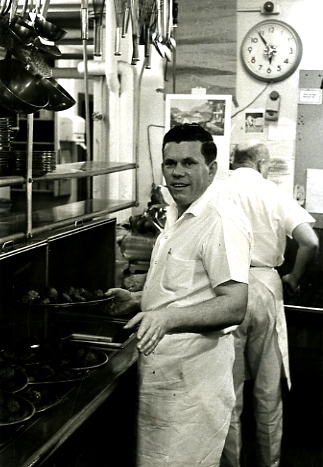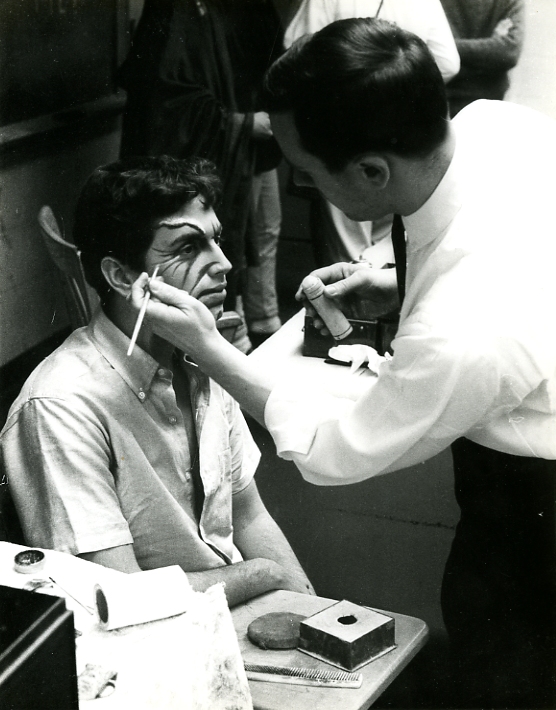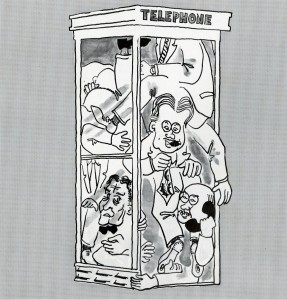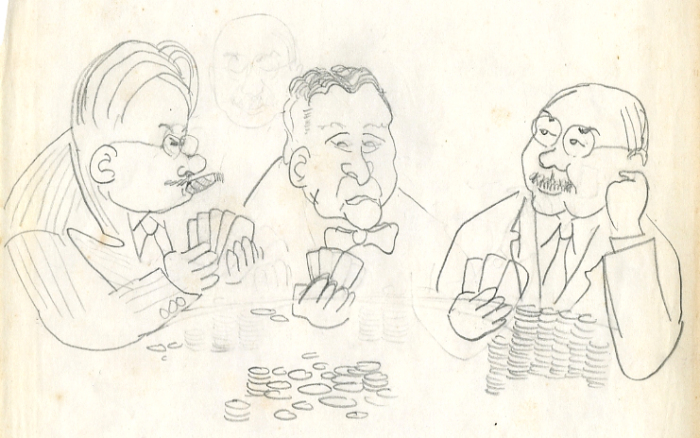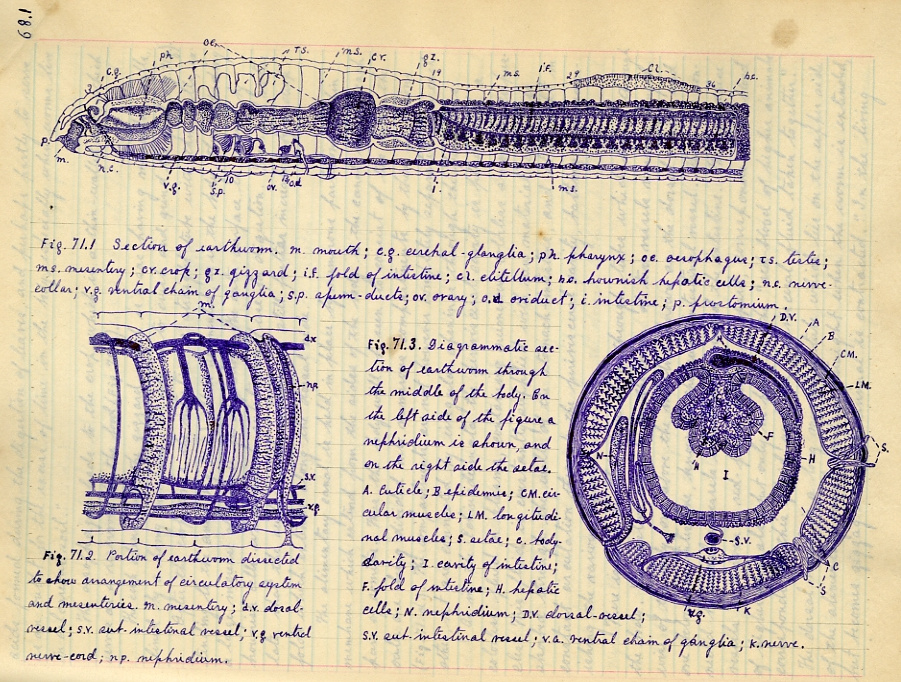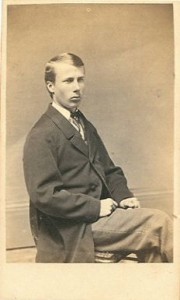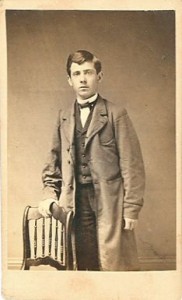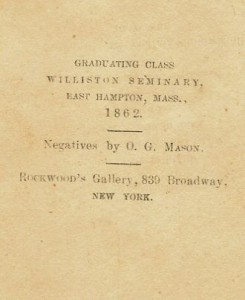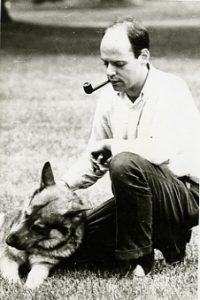
Andy Lapidus – Andrew Stone Lapidus – wasn’t at Williston Academy for very long. Having spent three years at Avon Old Farms, he was tempted north to Williston’s greener French Department and pastures in 1964. Away from the classroom and the soccer field, he was rarely without a camera, and at a time when Williston didn’t offer a photography class, organized a camera club.
He left Williston in 1966 for the Cate School in Carpinteria, California, met his future bride Roxanne, and eventually shifted his professional attentions from French to counseling and advocacy for youth. They raised three sons, Peter, Alex, and Paul. Sadly, he left us, aged 72, in 2010. A few months ago Roxanne sent the Archives a cache of photographs he’d taken at Williston. We exchanged a couple of letters – she was initially surprised that anyone remembered him. Roxie visited the campus at Reunion last May and met others who had fond recollections as well.

But of course I remembered him. Andy was unforgettable. Perhaps I should qualify that memory. In 1964 I was 12, a somewhat nerdish, classically-trained Williston faculty brat. Brats of my ilk found Andy fascinating. Here was an adult who didn’t take adult-ness too seriously, who would break off a grownup conversation to deliver a wicked aside meant only for juvenile ears, or deliver a straight-faced pun so horrible that even Horace Thorner would shudder. He was subversively funny. I think we understood that deep down, he was one of us.
And his camera was an essential accessory. Some of Andy’s native whimsy comes through in his photographs, especially in certain portraits, which often capture something unspoken about their subjects.
Here is a sampling. Where images are uncaptioned, it is because we don’t know who the people are. Readers are invited to help us with that; please email archives@williston.com; if you can fill in a blank, or if anyone is mis-identified, we’d like to know!
